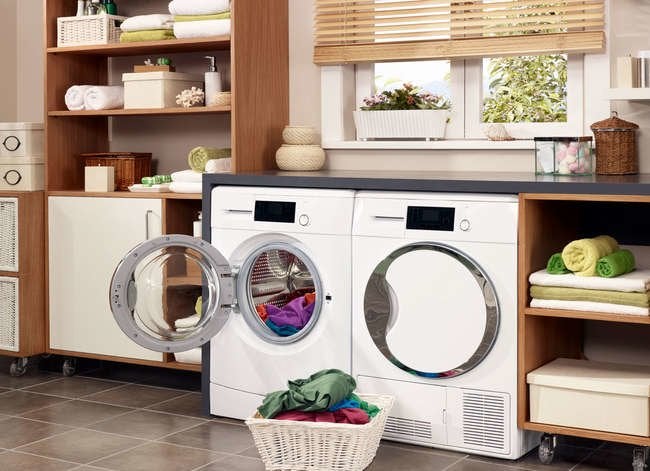

We may earn revenue from the products available on this page and participate in affiliate programs. Learn More ›
Home Advice You Can Trust
Tips, tricks & ideas for a better home and yard, delivered to your inbox daily.
By signing up you agree to our Terms of Service and Privacy Policy.
They Know Their Usage
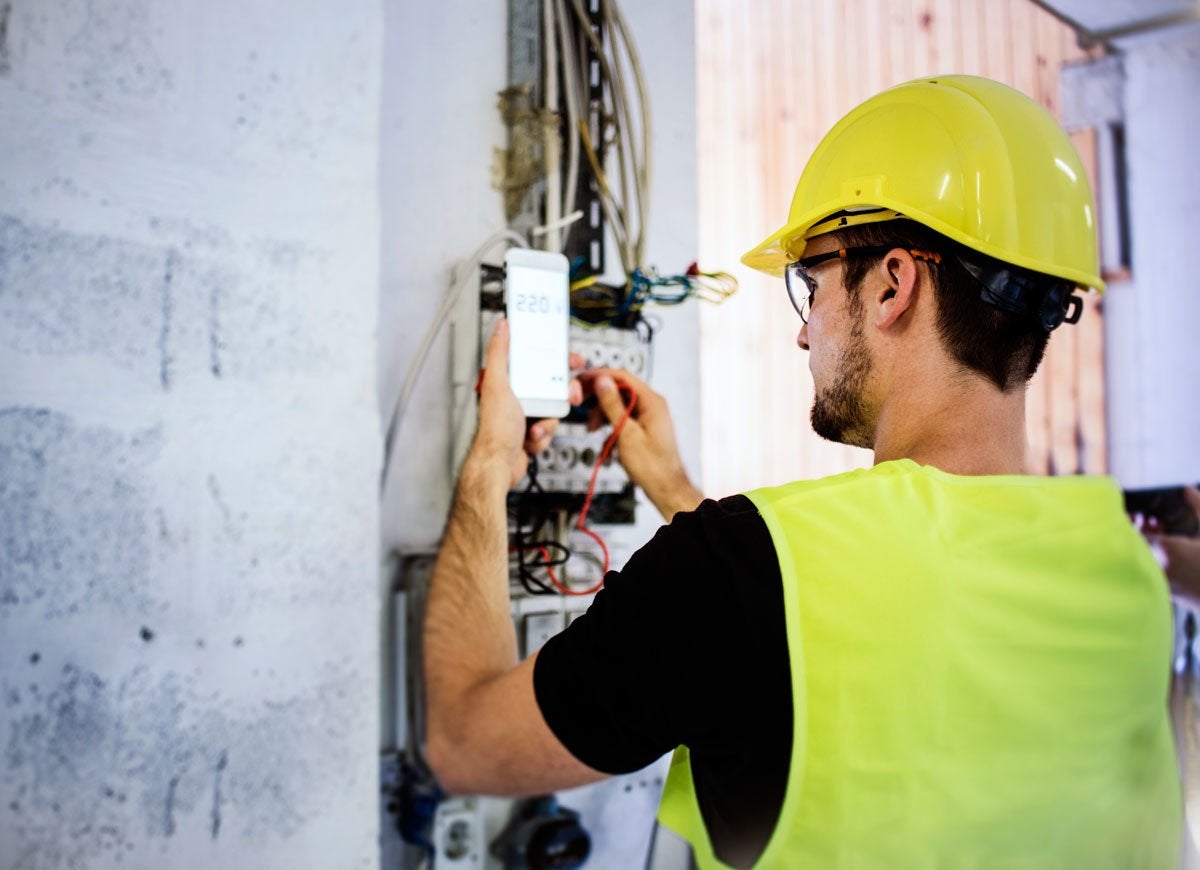
The best way to get a handle on your home energy usage is to schedule a home energy audit. An audit can help you determine how much energy you use, identify problem areas where you might be losing energy, and plan necessary energy-saving improvements. You can find a professional energy auditor in your area by consulting either RESNET or the Building Performance Institute. If you prefer to go the DIY route, you can perform your own energy assessment with the help of this handy step-by-step guide from the U.S. Department of Energy.
They Use the Right Apps

Enlist your smartphone in the quest to become more energy efficient. There are many apps out there that track your energy usage and make recommendations to improve your efficiency. Most of these apps are available free or for a small fee, and can help you determine where you can generate effective energy savings.
They Use Their Windows

If you’re not leveraging your windows to boost household energy efficiency, you’re missing a big opportunity. During the winter months, keep shades, blinds, and curtains open during the day to let in sunshine and provide natural warmth and light. Come sunset, close window coverings tightly to minimize heat loss. If your windows are older and less efficient, you may want to consider installing heavier draperies for the winter to keep warm indoor air from escaping.
Related: 9 Energy-Saving Home Upgrades That Pay for Themselves
They Program Their Thermostat
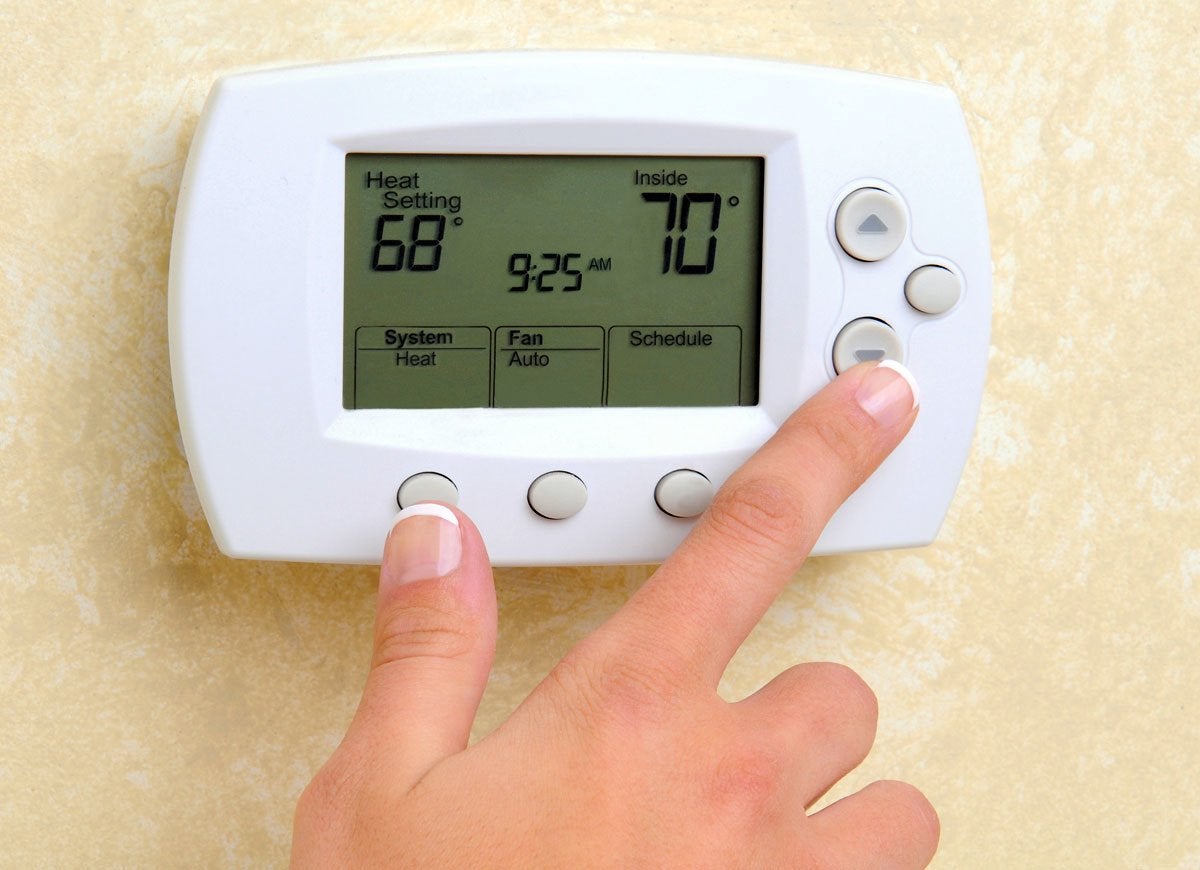
If you don’t have a programmable thermostat, it may be time to make the investment. These clever devices allow you to set the temperature to rise or lower automatically according to your work and sleep schedule. When no one is home, lower the thermostat in winter and raise it in summer so you’re not paying to heat and cool an empty house. Program the thermostat correctly, and it will reward you with a savings of 10 percent or more on your heating bills.
They Close the Gaps
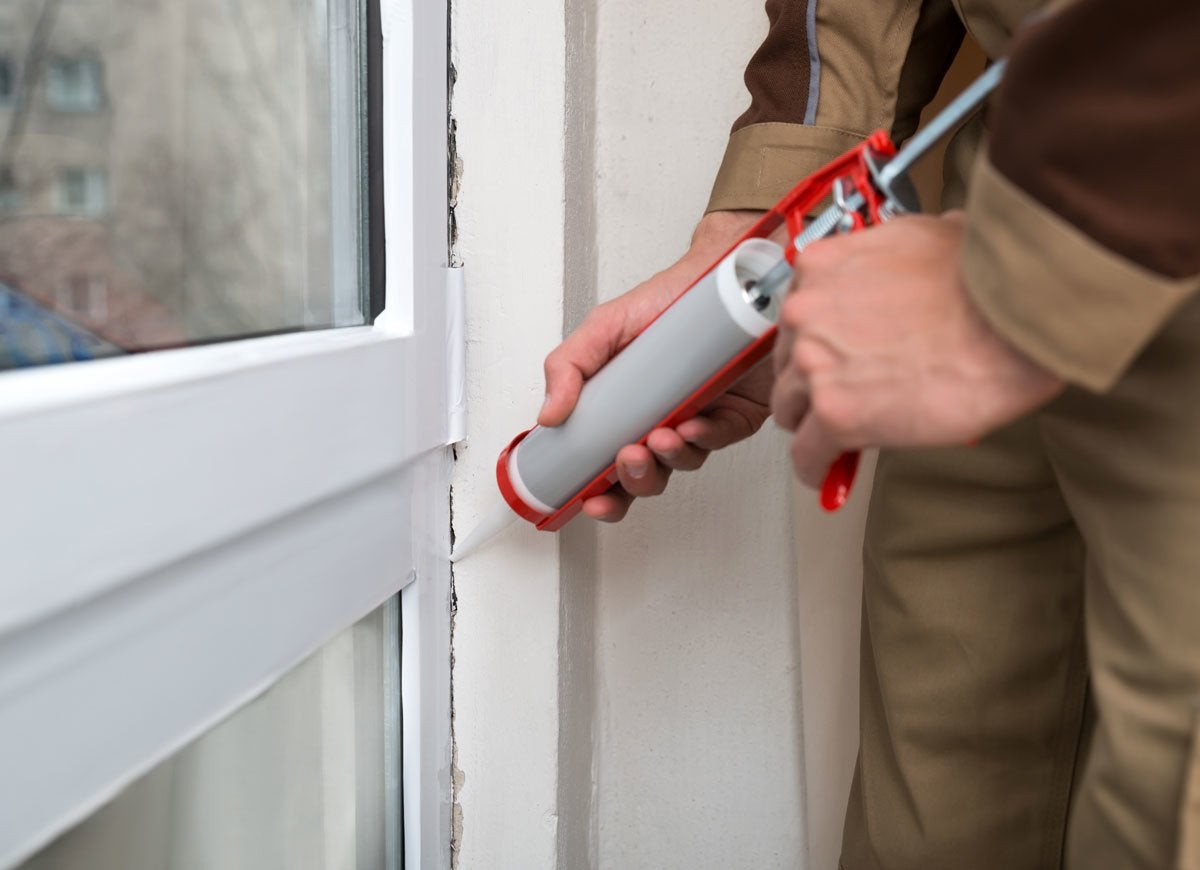
Find and seal any air leaks around windows and doors with inexpensive caulking, spray foam, and weatherstripping. Closing up cracks and gaps can cut down on heating and cooling costs, and will make your home a more comfortable, draft-free environment. You should also check for and seal any leaks or gaps around chimneys; in any areas where plumbing, ductwork, or electrical wiring comes through the exterior walls; around recessed lights; and around bathroom, kitchen, and dryer vents.
They Bundle Up

Put on a sweater. Seriously, there are many reasons why winter fashion magazines are filled with models wearing sweaters. Not only do they look great and camouflage any winter weight gain, sweaters keep you warm. Layering your clothes—say, a long-sleeve T-shirt under a mid-weight sweater topped by a fleece-lined jacket or vest—will keep you warm on the coldest days. As a bonus, wearing a sweater allows you to turn down the thermostat but still remain comfortable. In your quest for cozy warmth, you may also want to check out fleece-lined jeans and fuzzy wool socks.
They Dry Strategically
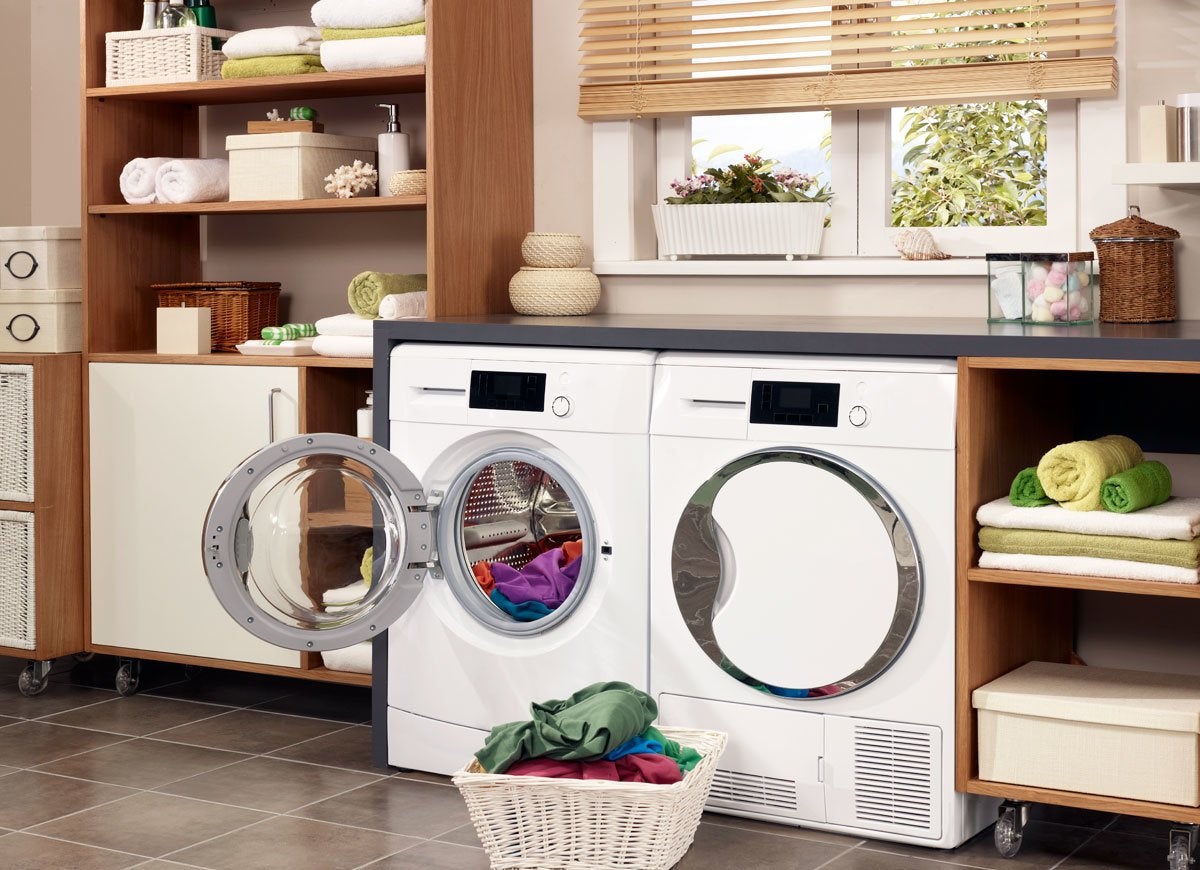
Don’t overlook the obvious: Your dryer is a huge source of heat. Not only does a dryer dry your clothes, but it also puts out a large amount of heat into the room. Choose to do your laundry at a time when you actually need that heat—first thing in the morning or as soon as you get home from work. Running the dryer overnight is a waste of heat, because you’re already snug and warm in bed.
Related: The 13 Best Things You Can Buy for Your Laundry Room (for Under $50)
They Insulate
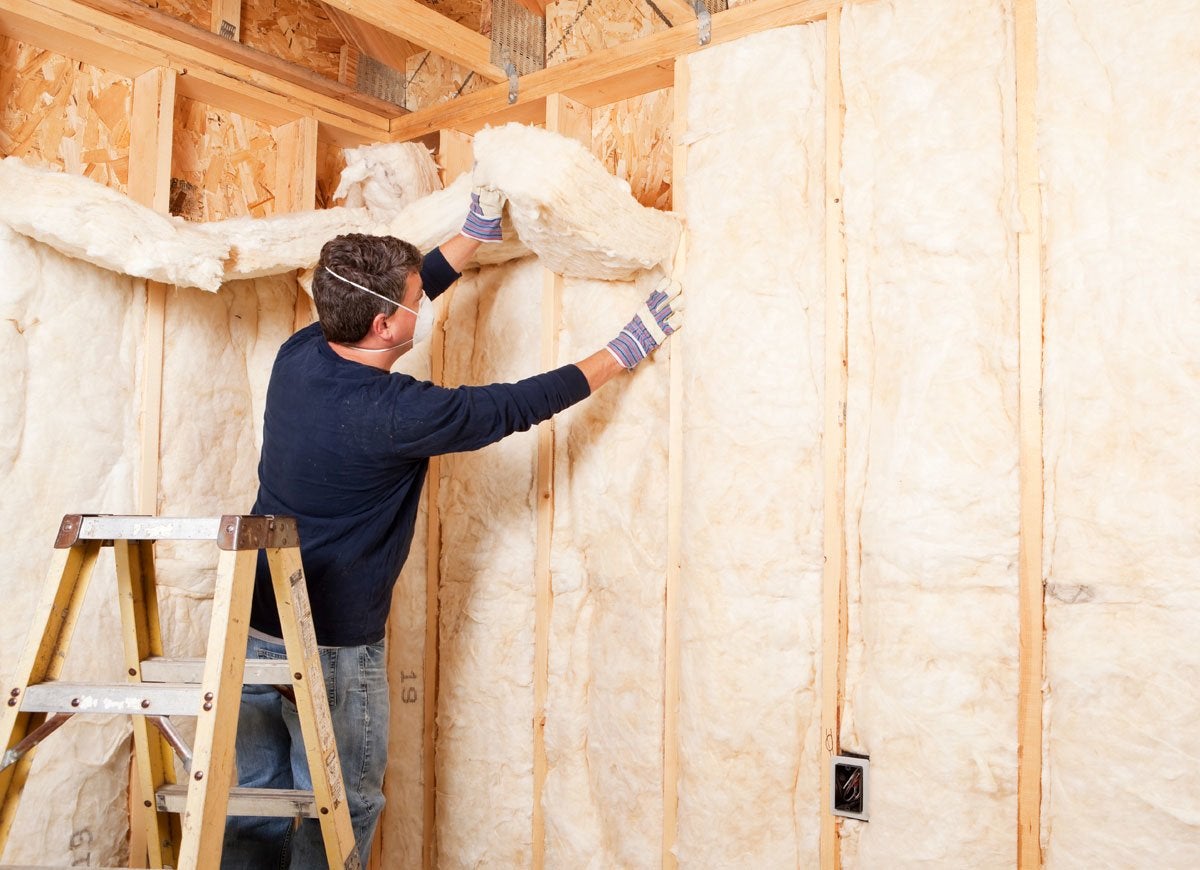
Heat rises, and when it does you better hope your attic is properly insulated to keep all that warmth from escaping your home. The Department of Energy advises that a properly insulated attic can reduce your energy bills by 10 to 50 percent. Consider insulation as your first defense against energy loss. It reduces airflow and prevents drafts that suck warm air out of a home. There are many types of insulation, including loose fill, batt, fiberglass blankets, and cotton. Do your research to determine which type of insulation will be best for your home and how much you’ll need for your climate and house type.
They Reverse Their Fans

Most people think of ceiling fans solely as warm-weather essentials for cooling down hot rooms and improving air circulation. Most ceiling fans, however, feature reversible motors that can be set to push warm air down in the winter, improving the overall comfort in the room. In the winter, set your ceiling fan so that the blades turn in a “forward” or clockwise direction to push warm air trapped by the ceiling down into the room and improve overall air distribution. Save even more by choosing an Energy Star-certified ceiling fan, which is up to 50 percent more efficient than a conventional model.
They Skip the Fire
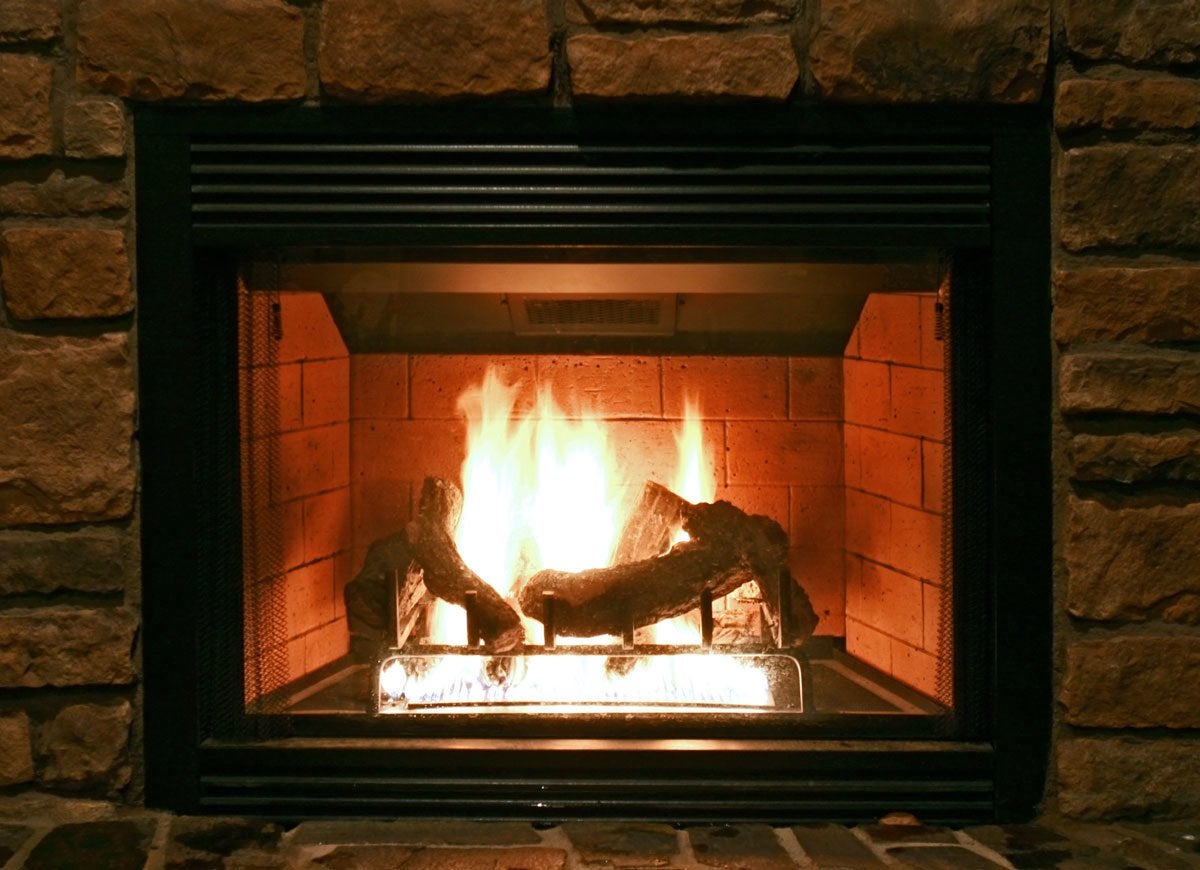
It might seem counterintuitive, but because your fireplace flue sucks heated air out of a room and up the chimney, using your fireplace will actually cost you money on your heating bills. If you do want to enjoy a fire, invest in insulated tempered glass doors that will let you enjoy the warm glow without losing money. Keep the fireplace flue damper tightly closed when not in use, and consider installing an inflatable “chimney balloon” to keep cold air out and warm air in.
They Use Motion Sensors
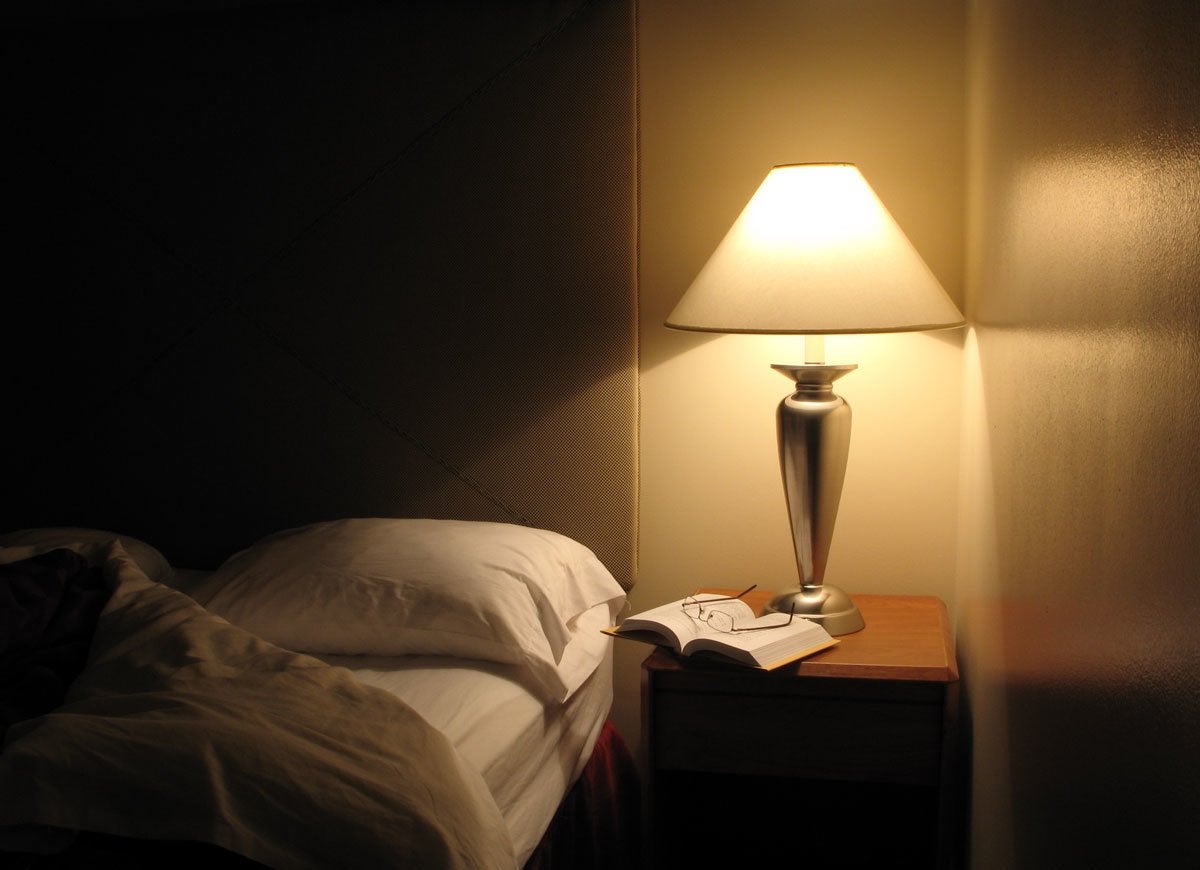
Replace your manual light switches with motion-sensor versions so lights will automatically turn off when no one is in a room. Sensors are especially effective in bathrooms and children’s rooms, where lights are often left on by accident, resulting in wasted electricity. While you’re replacing the switches, consider swapping out energy-guzzling incandescent bulbs for efficient, long-lasting LED versions.
They Use Power Strips
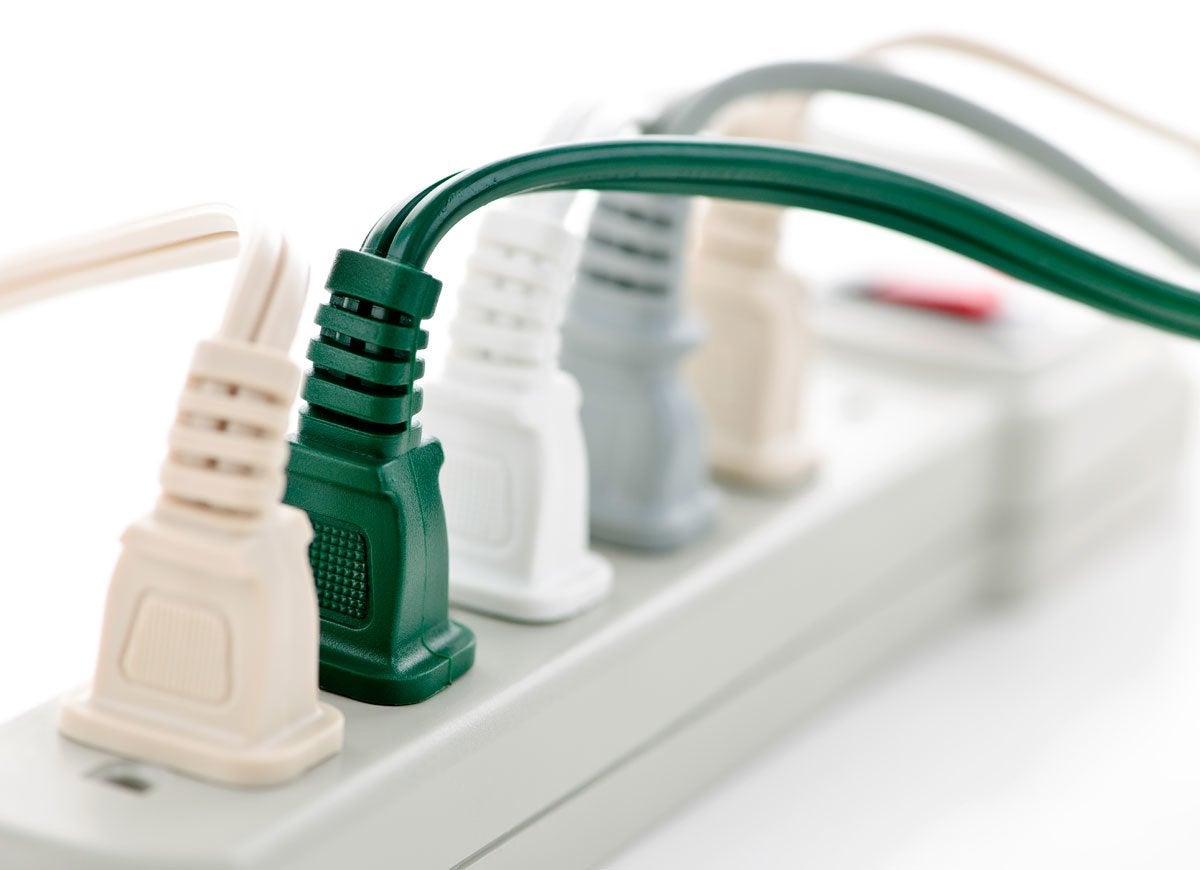
You may not believe in vampires, but you probably have a few lurking in your house. A “vampire” is any electronic device that draws power from electrical outlets even when it’s switched to the “off” position. You can slay a few of these vampires by plugging your home entertainment and home office equipment into a power strip. When your gadgets are switched off, turn off the power strip to stop them from sucking more energy. When shopping for a power strip, look for one that includes a surge protector to shield sensitive components from damage during storms or power outages.
They Service Their System
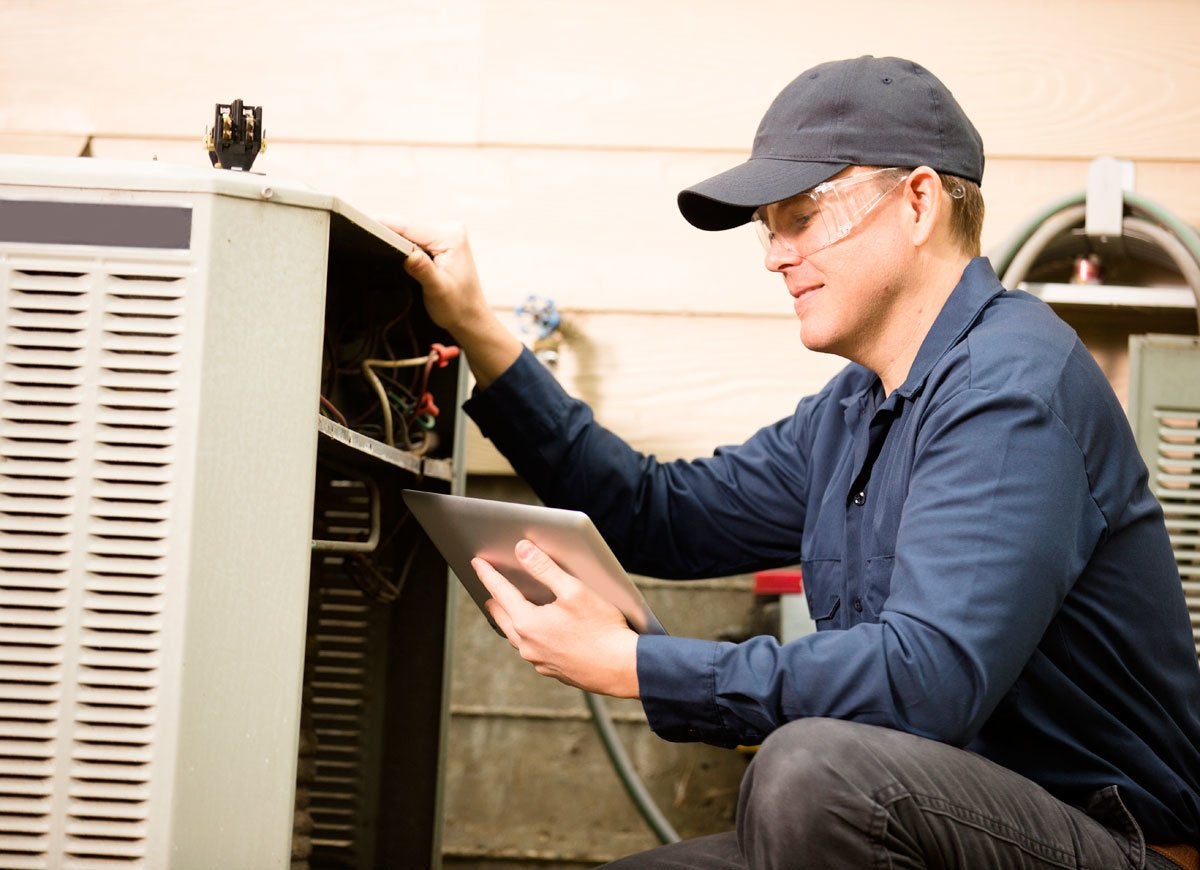
Make sure that your heating and cooling systems keep operating at peak efficiency by scheduling regular routine maintenance. Replace your furnace filter at least once a month, and set the water heater temperature to the “warm” setting, or 120 degrees, for maximum efficiency.
They Pay for What They Use
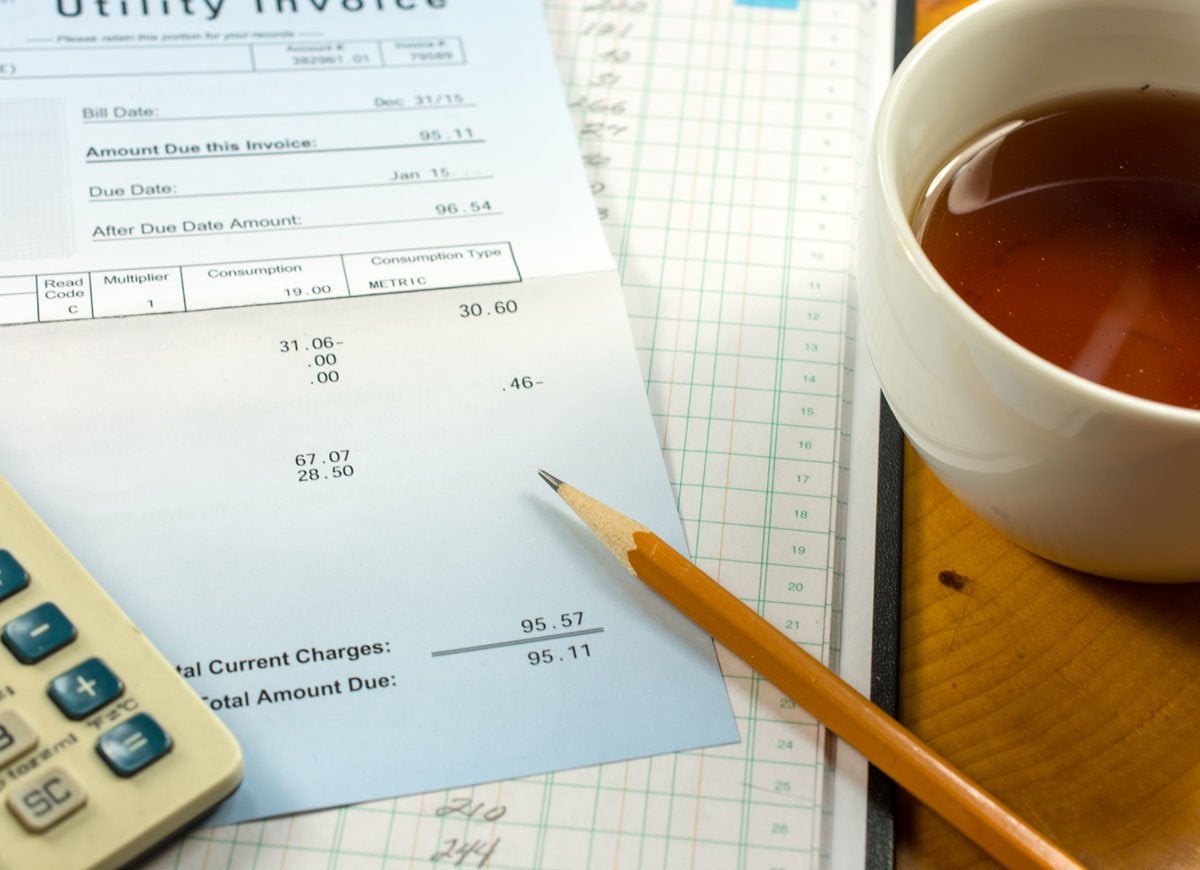
Many households sign up for so-called “budget plans” with local utility companies to spread the cost of heating bills over a 12-month period. But if you opt for budget billing, you may be giving your power company an interest-free loan, because the company is billing you for estimated rather than actual usage. If you’re frugal with your energy usage, it is more cost-effective to pay as you go, so you’re charged only for the energy you actually use.

This Is the Year for a Kitchen Renovation
Whether you’re selling or staying, everyone can get something out of a kitchen update. Learn why we consider this renovation the Most Valuable Project of 2025 and how to stay on budget.